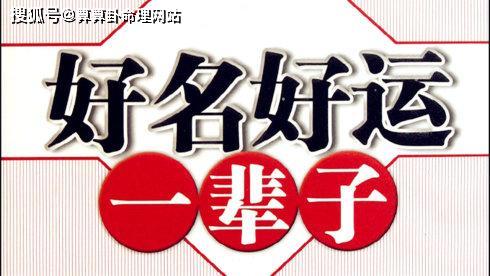The Evolving Aesthetic Standards of Modern China:A Glimpse into the Changing Perceptions of Beauty
In the heart of the bustling East, where ancient traditions intertwine with the rapid pace of modernity, the aesthetic standards of modern China have been undergoing a fascinating transformation. This essay aims to explore the multifaceted nature of beauty in contemporary China, examining how cultural, social, and technological factors have shaped and continue to shape the perceptions of attractiveness and elegance.
The concept of beauty is not static; it is a fluid construct that shifts with the tides of time and the currents of cultural evolution. In China, a country with a rich history and a vibrant present, the standards of beauty have been influenced by a myriad of factors, from the philosophical teachings of Confucianism to the globalizing impact of Western media.
Historically, Chinese aesthetics have been deeply rooted in the principles of harmony and balance. The traditional Chinese beauty ideal was often associated with delicate features, fair skin, and a gentle demeanor. This was reflected in the art and literature of the past, where the beauty of women was often likened to the softness of jade or the grace of a willow tree. Men, on the other hand, were admired for their strength, wisdom, and moral character.
However, with the opening of China's doors to the world and the rapid economic development of the past few decades, the aesthetic landscape has become more diverse and complex. Western influences, particularly from the fashion and entertainment industries, have introduced new ideals of beauty that often emphasize individuality, confidence, and a more athletic physique.
The rise of social media has also played a significant role in shaping modern Chinese aesthetics. Platforms like Weibo and TikTok have become battlegrounds for the latest beauty trends, where influencers and celebrities showcase their looks and lifestyles, often setting the standards for what is considered fashionable and attractive. This has led to a surge in the popularity of cosmetic surgery and beauty products, as individuals strive to achieve the perfect selfie or the ideal image.
Yet, beneath the surface of these trends, there is a growing movement that challenges the homogenization of beauty. The "natural beauty" movement, for example, encourages individuals to embrace their unique features and to reject the pressure to conform to a single standard of attractiveness. This movement is gaining traction, particularly among younger generations who are more likely to value authenticity and self-expression.
In addition to the changing ideals of physical beauty, the aesthetic standards of modern China also extend to the realm of lifestyle and cultural appreciation. The rise of the middle class has led to an increased interest in luxury goods and experiences, with brands and products that are associated with sophistication and high status becoming highly desirable. This has resulted in a new aesthetic standard that values not only physical beauty but also the beauty of a refined and cultured life.
Moreover, the appreciation of traditional Chinese aesthetics is experiencing a revival. In the midst of rapid modernization, there is a growing appreciation for the timeless elegance of Chinese art, architecture, and design. This is evident in the popularity of traditional Chinese clothing, the resurgence of interest in tea ceremonies, and the incorporation of Chinese motifs in contemporary design.
The evolving aesthetic standards of modern China are not just about physical appearance; they are also about the intersection of culture, identity, and personal expression. As China continues to grow and change on the global stage, its standards of beauty will undoubtedly continue to evolve, reflecting the dynamic nature of a society in transition.
In conclusion, the aesthetic standards of modern China are a complex tapestry woven from threads of tradition and modernity, local and global influences, and individual and collective identities. As we look to the future, it is clear that the perception of beauty in China will continue to be a dynamic and ever-changing reflection of the country's rich cultural heritage and its aspirations for the future.
This essay provides a broad overview of the evolving aesthetic standards in modern China, touching upon historical influences, the impact of globalization and social media, and the resurgence of traditional aesthetics. It is important to note that beauty standards are subjective and can vary greatly among individuals and communities. The aim here is to offer a general perspective rather than a definitive account of what beauty means in contemporary China.











